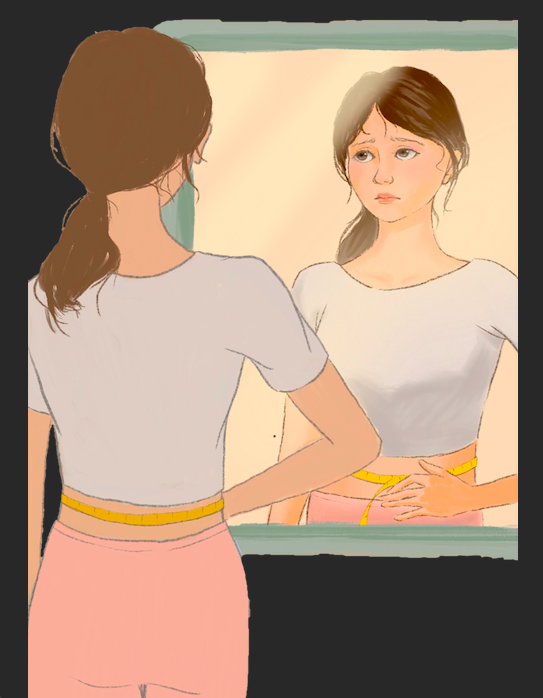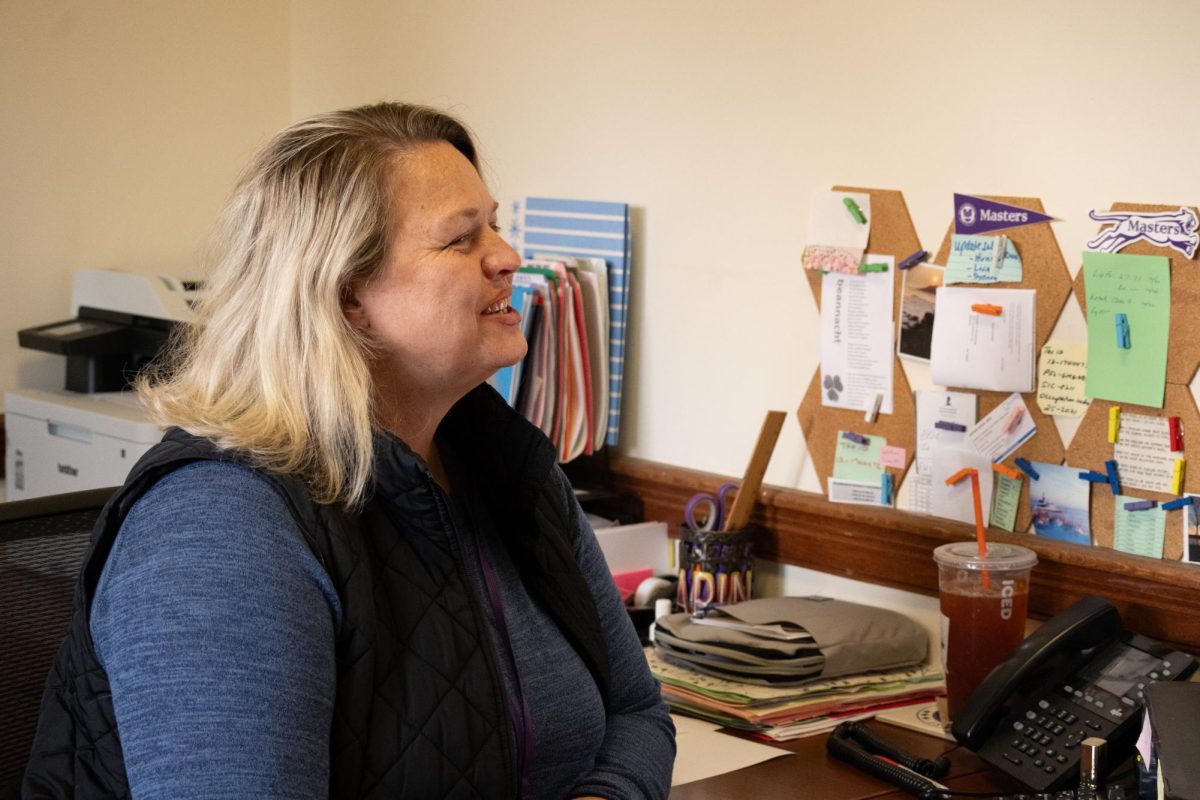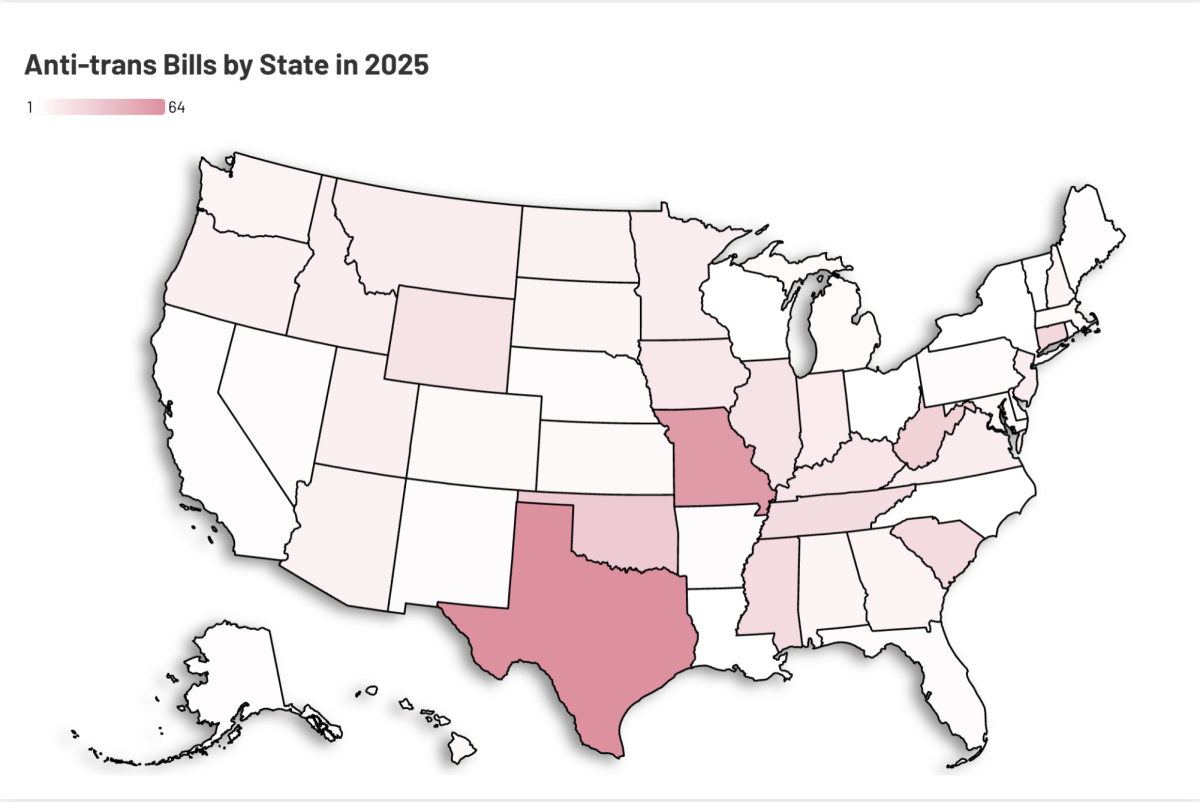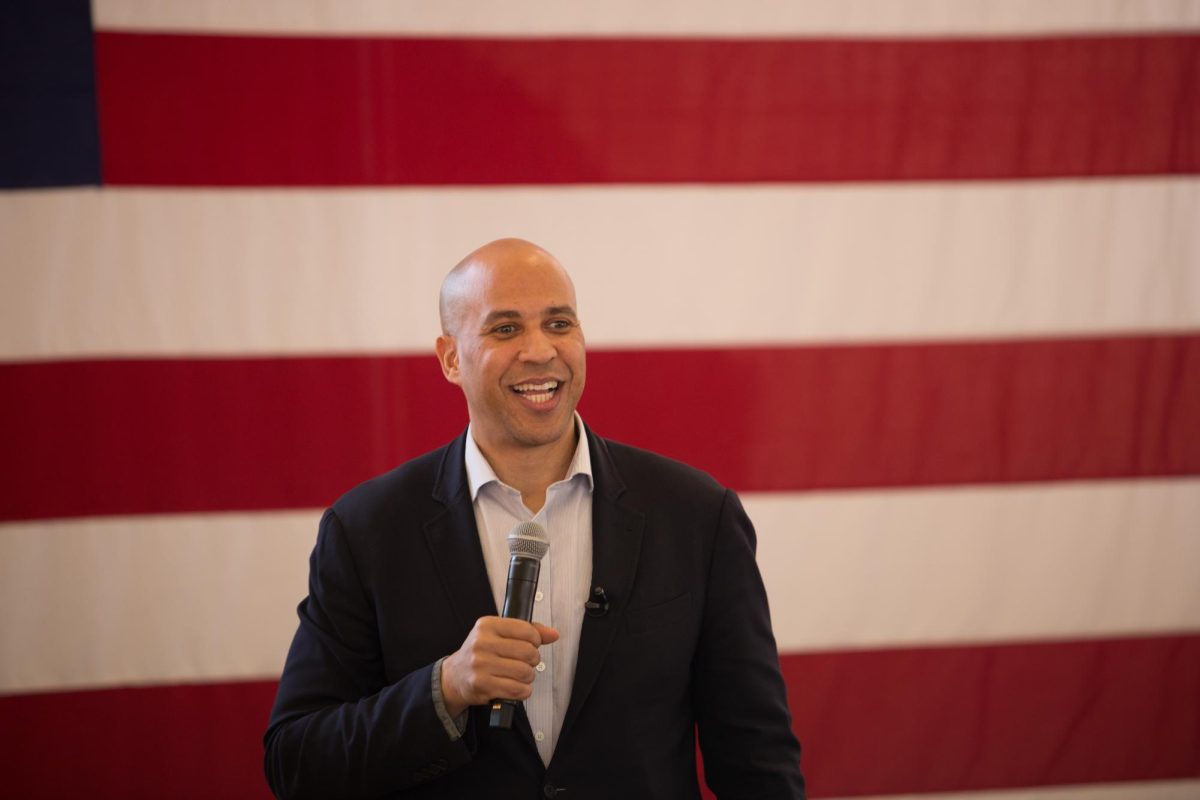All around the world, millions of girls look in the mirror every day and hate what they see. Though many people say that insecurity is normal, eating disorders and body dysmorphia have been on the rise.
Much of this is due to the unrealistic and damaging bodies seen every day, whether scrolling through social media, comparing ourselves to those around us, and more.
One thing to be aware of when scrolling on TikTok or Instagram reels is that popular influencers have one thing in common: almost all of them, are skinny.
As the fashion industry and the models that work for it become increasingly more influential and important to people of all ages, we must wonder: how is the advertising of clothing affecting us, and is the fashion industry made for everyone?
People around the world were not always so anxious to become skinnier. In fact, for much of human history, people did not desire to be thin.
Many non-Western cultures have viewed being fat as a sign of health and vitality, and in America before the 1800s, it was regarded similarly. For much of history, being overweight meant having enough money to eat, and was therefore viewed as a positive.
The earliest known statues of women are called “Venus Figurines,” small figures sculpted from 23,000 to 25,000 years ago. These statues show curvy, round, and pear-shaped bodies with large breasts. Aphrodite, the Greek goddess of love and beauty, has often been portrayed with curves. For much of history, no matter where you were, it was not a bad thing to be curvy.
So, how did the mindset shift from the much healthier image above to the now deprecating and unhealthy body image projected onto society?
The United States, especially, has a warped image of female bodies. Lainey Spencer, ‘24, who did her junior year AmSearch on the modeling industry, said, “The modeling industry in the United States indeed says that plus size is from a size six up when in reality, I believe women on average are a size anywhere from a size fourteen to eighteen.” She continued, “So, to have the plus size modeling industry to be smaller than the average size of a woman is promoting that these women need to be skinny and lose weight, and that is not good.”
The rise of the flapper era in the 1920s showed a fast switch to the beginning of women desiring a slimmer body. As bodies shown in magazines became pictures of women with less body fat, eating disorders in young women began to rise at dangerous speeds. The highest levels of eating disorders in American history occurred from the 1920s to the 1980s, the two periods in which women in media were shown to be the thinnest.
Mass media continues to play an essential role in body image problems and disordered eating. This is why basing your self-image on TikTok and Instagram can be incredibly damaging.
In the 1940s, this notion of desiring skinniness faded as pinup models like Marilyn Monroe, with a fuller body type, grew in popularity. But by the 1960s, the desirability to be skinny was back to how it was in the 1920s.
Spencer said, “As we kind of go farther down the timeline, corsets get involved, and it puts in this image that woman’s torsos should be very small, and hips be very wide. That falls into the hourglass shape today.”
In the 1970s, a notion symbolized moving away from corsets, seemingly representing a new era for women. Most women were no longer straining themselves as hard as they had been for the decades prior, but the “ideal” standard of a woman’s body continued to be projected societally and in mass media.
Once again, the desired body type was thin, and although women were no longer strapping themselves into corsets, it was replaced by a strenuous need for excessive exercise. In the 1970s, the peak of hospitalizations for severe anorexia was reached.
From the 1980s to the 1990s, more emphasis was placed on toned and muscular women’s bodies. Although the ideal woman’s body needed to be healthy, it still had to be thin. Very quickly, it shifted back to the original dream of thinness. The 2000s continued this ideal, along with a loss of self-confidence in teenagers and young women alike.
Finally, from the 2010s to now, the world has embraced more diversity in women’s body image. But there are many ways that the world still perpetuates the body standard of being a thin, fit woman. For example, the fashion industry constantly influences how women see themselves and their bodies.
FASHION INDUSTRY:
Ever since trends such as the ‘heroin chic’ look by Kate Moss became popular, the fashion industry has been under fire by psychologists, consumers, and models, alike. The trend of unhealthily skinny models only furthers the damage that was started within America in the 1920s.
Since the beginning of modeling, the fashion industry has constantly been synonymous with being thin. Think of Victoria’s Secret Angels, “America’s Next Top Model,” or your favorite clothing brand. Spencer said, “The modeling industry is not an accurate representation of what the majority of women in the United States look like.”
Remy Pearlman ‘25, a Co-Chair of the fashion club, Beyond Threads, spoke on the marketing of the industry today, “You see on the cover of Vogue, a tall skinny woman with a perfect body, big boobs, perfect curves, a beautiful face, flawless skin – that’s just not an accurate representation of what I look like, of what you look like, of what anyone looks like.” She continued, “Everything is directed towards this perfect, unreachable goal.”
Although modeling has become more inclusive in recent decades, we are nowhere near where we should be in body positivity. When shopping online, the models are skinny and beautiful, and when you buy the item they’re wearing, you may be hoping it comes with the models’ body as well.
Modeling has built-in body negativity, but so do some brands and products.
One example of a brand pushing skinny body standards is Brandy Melville, an extremely popular brand for teenage girls, including many at Masters. Pearlman said, “Today, the fashion industry today is marketed towards this sort of cookie cutter girl.”
Brandy Melville has been ripped apart for its “one size fits all” philosophy. The clothing brand is full of 20-dollar crop tops, jeans, and oversized sweatshirts, among the most popular trends for Gen-Z.
One size fits all may seem like an inherently inclusive statement, telling us everyone can fit into a brand’s clothes, regardless of body type. But, this is rarely the actuality of clothing brands.
Brandy Melville’s desire to only appeal to skinny people is shown in their sizing and is furthered by their models, who are all incredibly skinny. Not only is this losing business, but it’s also pushing unrealistic expectations on teenage girls constantly surfing through their websites.
Other brands struggle with body standards as well. For example, Victoria’s Secret has a deep-rooted history of unrealistic body standards. The Victoria’s Secret Angel shows, launched in 2005, are one of the most strenuous public modeling schemes. Models hoping to participate in the shows have to participate in tireless training, doing endless boxing, toning, and any form of exercise.
But this is not just a decision they’re making for themselves; the requirements for models in these shows are incredibly damaging, and often the only way to reach them is by modeling and dieting. Maintaining the lifestyle needed to walk the cat-walk, is incredibly dangerous.
Adriana Lima, a famous model, has mentioned cutting out food and water days before her appearances on the runway. But she isn’t the only model excessively dieting and exercising; the company pressures all their models to do this, as they need to fit into what a Victoria’s Secret angel “should be.”
Pearlman said, “I think that you go online shopping and you see these beautiful Victoria’s Secret models with no flaws, no issues, you go on the websites and you see clearly photoshopped images of girls in bikinis with perfect bodies. You think, oh, if they’re marketing these photoshopped bodies then they’re clearly saying this body is ‘good enough’ to be wearing our material.”
Although the fashion and modeling industries have deep-rooted histories of body negativity and fatphobia- there is hope.
Since the late twentieth century, the body positivity movement has increasingly affected how brands are modeling their products, and who they’re modeling them on.
Industries have begun adding more sizes to their clothing, and models have a wider range of body types than ever before. Even Victoria’s Secret, infamous for its unrealistic standards, has expanded to accommodate women with more varied body types.
Spencer said, “One modeling industry that really sticks out to me is Victoria’s Secret. I think obviously they’ve made some more progressive movements with woman who aren’t as skinny.”
Not just that, many brands aimed towards younger people have become much more aware of the message they’re spreading. Many brands advertise and aim for all people, regardless of their body appearance. Pearlman finished by saying, “Girls as young as middle school and elementary school who develop these horrible insecurities and eating disorders, and everything that culminates because of what we are trained to know as beautiful.”
Models and the fashion industry have come a long way from where we once were, but there is still much more progress. So, the next time you’re scrolling through social media or shopping for new clothes, stay aware of the message that industries are communicating. You do not have to believe what the industry is saying, the fashion industry has long perpetuated the idea that skinny is the ideal beauty standard, but slowly, that is being erased.














